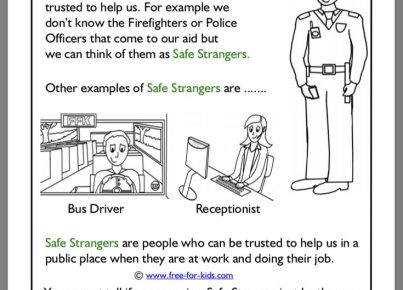Introduction:
Reader’s theater is an engaging method for building students’ reading confidence, fluency, and comprehension. By implementing simple scripts, even the youngest students can participate in this fun and educational activity. In this article, I will share how I use simple scripts to do reader’s theater with my early elementary education students.
1. Selecting Appropriate Scripts:
Choose age-appropriate and interest-driven scripts that are easy for your students to read and understand. It’s essential to select scripts with clear dialogue, a small number of characters, repetitive phrases, and an engaging storyline. You can find such scripts in children’s literature, create your own based on popular stories or adapt existing ones.
2. Prepare Students for Reading:
Before diving into the reader’s theater performance, take some time to teach your students about voice projection, tone variations, and expression. Help them understand how adding emotion to their voices can bring the story to life. Encourage them to practice reading their lines aloud so they become more comfortable with the script.
3. Cast Characters and Assign Roles:
Assign roles based on students’ reading levels, interests, or by giving students an opportunity to choose their preferred parts. Try to provide each child with an active part in the performance to keep everyone engaged. Some children might prefer non-speaking roles like a narrator or stagehand; also include these options during role assignment.
4. Rehearse and Practice:
Rehearse several times before performing in front of an audience or even other classmates. You can start with small group exercises where students read their lines out loud together or practice individually under your supervision. Encourage them to read slowly and clearly without rushing through their lines.
5. Create Simple Props and Backgrounds:
To make reader’s theater more engaging for young students, create simple props and backdrops that bring the story to life. Props can be as straightforward as paper cutouts or hand puppets, whereas backgrounds can be made using large construction paper or even whiteboards. Students will enjoy using their imagination and creativity to contribute to the formation of their performance.
6. Perform in Front of an Audience:
When students feel confident and well-prepared, invite other classes, teachers, or parents to watch the performance. Having an audience creates a sense of excitement and motivation for students to put their best effort into the execution of the reader’s theater.
7. Reflect on the Experience:
After the performance, discuss with your students what they learned from engaging in reader’s theater and how it helped improve their reading skills. Encourage them to share their thoughts and suggestions for future performances.
In Conclusion:
Reader’s theater is a fantastic way to encourage even your youngest students to become confident readers while also instilling a love for learning and storytelling. By selecting simple scripts, preparing the students, assigning roles, rehearsing, creating props, performing and reflecting on the experience, you can help your pupils develop essential reading skills that will stay with them throughout their academic journey.




